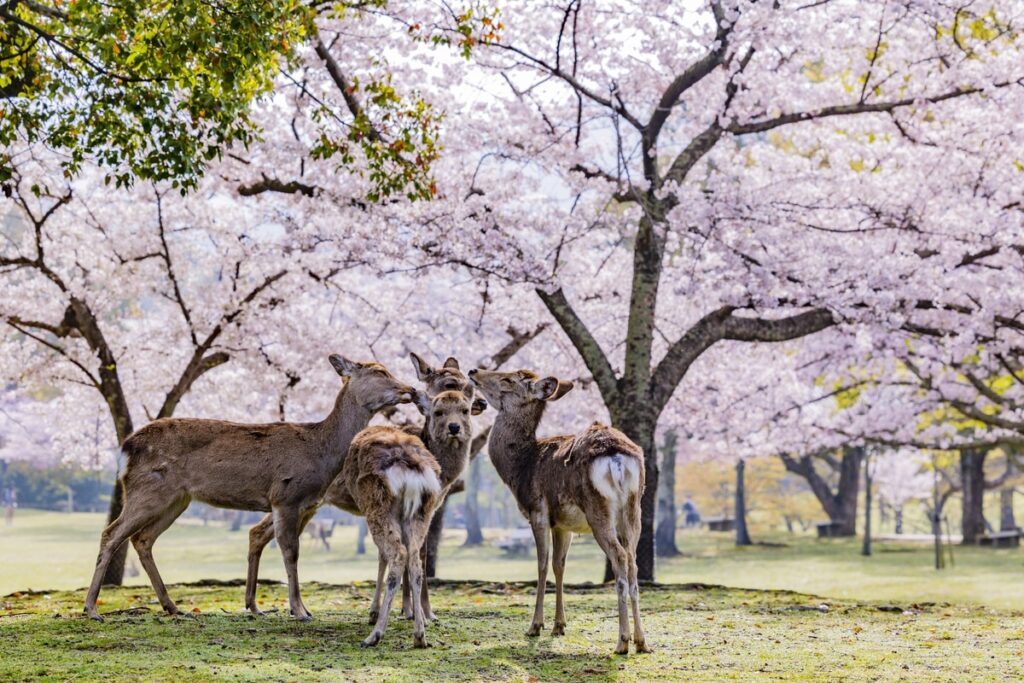[ad_1]
The pandemic changed us. It changed society. And apparently, says a research team from Hokkaido, it also changed the deer in Nara.
As many of you are likely aware, there was a world-altering pandemic that started in 2020 and ended sometime this year after everyone decided they were sick of it. The outbreak of COVID-19 shut down both the domestic and international travel industries the world over.
Nara is no exception. The city’s famous deer park, and its beautiful shrines and temples like Horyuji, makes it a draw for both in-country and inbound tourists alike. And drawn they are: the Nara City Tourism Association says that visits in January 2023 were 88% higher than the previous year. (It was a sudden jump: January visits were also 67.5% higher than in December 2022.)
Before the pandemic, some experts expressed concern that the deer in Nara were overfed. A popular tourist activity is buying and feeding the deer rice crackers (senbei). Some locals took to Twitter during the busy Golden Week holiday to share pictures of deer who’ve already had their fill of the stuff.
Advertisements
Before the pandemic, experts raised concerns that the deer weren’t eating the healthiest diet and may be overfed. Indeed, by June of 2020, locals said the deer seemed to be healthier and were having more solid bowel movements. (The deer’s usual diet consists of grass and tree nuts; rice crackers, comparatively, have little nutritional value.)
But another funny thing happened during the pandemic: the way the deer bow has changed.
A joint research team between Nara Women’s University and Hokkaido University studied the deer between 2015 and 2021. One thing they noticed during the pandemic? Fewer deer. At the three spots they surveyed, they saw 167 deer in 2019. That dropped to 65 in 2020.
Another change? The way the deer bow.
When handed senbei, the deer at Nara usually “bow” (nodding their heads) to guests a number of times. In five months of 2017, researchers say they bowed an average of 10.2 times. But between June 2020 and Jne 2021, that average dropped to 6.4 times.
Researcher Yusa Yoichi says the change in behavior isn’t unexpected given the sudden drop in human contact for the animals. Yet he says the speed with which the change occurred is “surprising”. “It’s a result particular to the Nara deer and their high dependence among wild animals on humans.”
Professor Yusa and the team say they expect the deer’s bowing behavior to bounce back as tourists keep flowing in. In the meantime, he warned against trying to coax bows out of the deer by playfully witholding senbei, which could irritate them and provoke them to attack.
Sources
奈良公園周辺のシカ “おじぎ”の回数減少 コロナ禍影響か. NHK News
奈良市内 宿泊データ月報(2023年1月). City of Nara Tourism Bureau
奈良公園のシカ、鹿せんべいに飽き飽き!? ソフトクリームを食べさせる外国人を目撃 注意守らぬ観光客も. Kobe Shimbun NEXT
奈良のシカ、観光客減で快腸 ゆるかったふん「黒豆」に. Asahi Shimbun
[ad_2]
Source link




